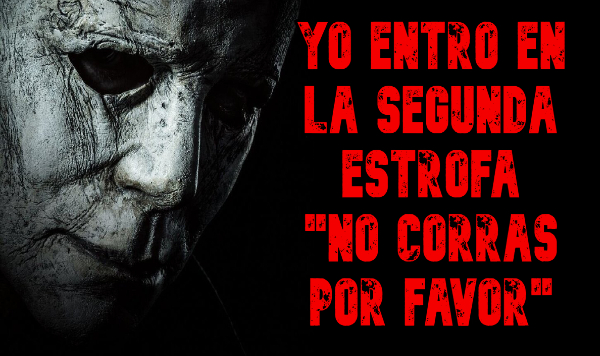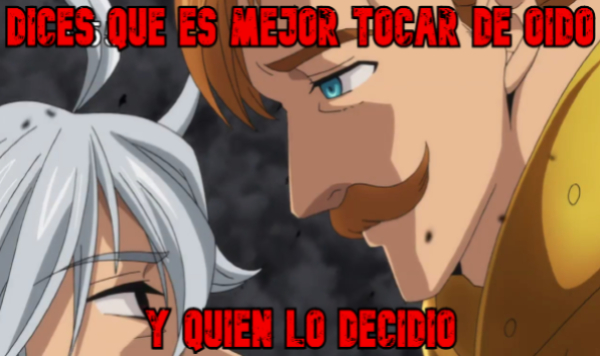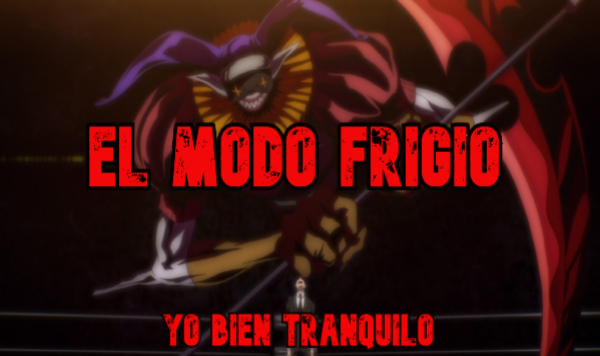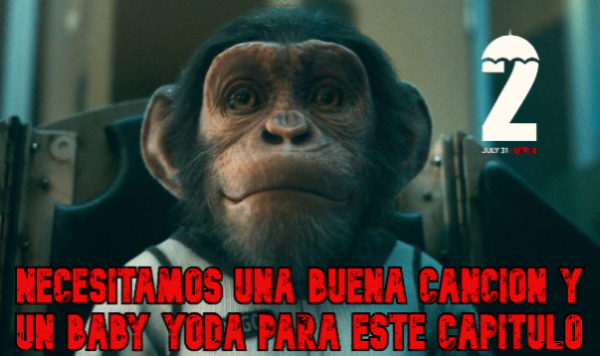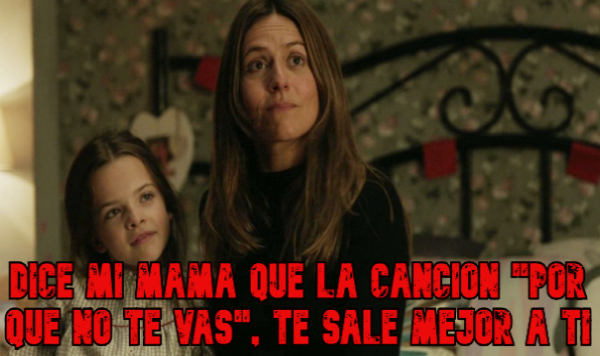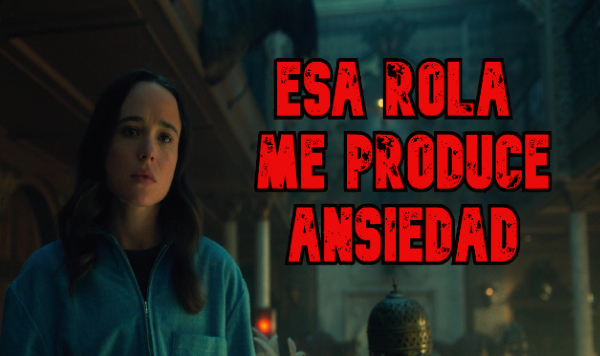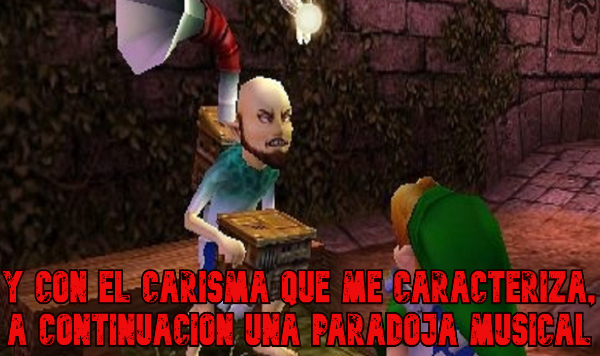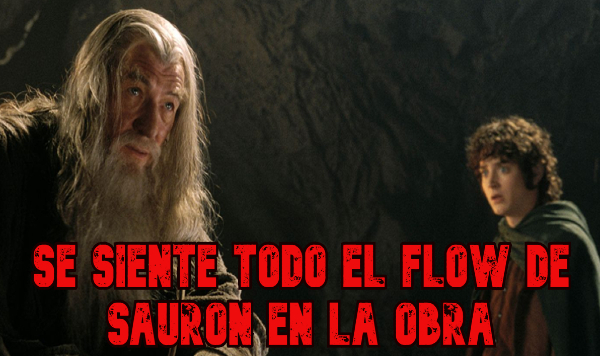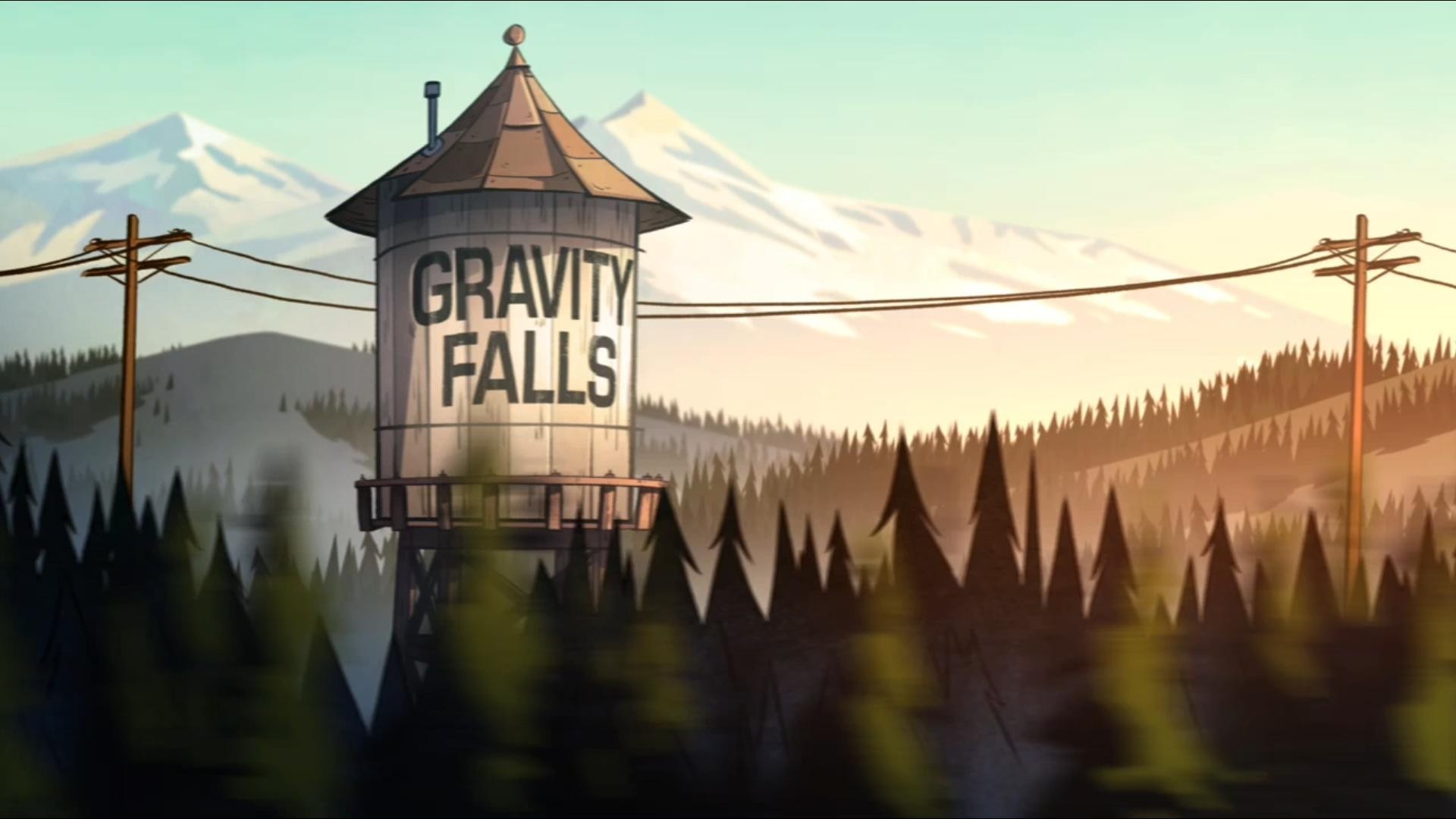
The successful Disney Channel series Gravity falls which tells us about the mysterious adventures of Dipper and Mabel when they are sent to spend a summer with their uncle Stanley. This series is full of many hidden elements that will surprise us as we immerse ourselves in it. A very big event in the series is when the “Raromagedon” (weirdmageddon) caused by Bill Cipher occurs, and during that event the main theme of the series is modified to be more in line with those chapters.
Since we are talking about a world where chaos and the weird rules, the most logical thing would be, musically to use elements that lead to that feeling more without losing the concept that we are in Gravity Falls, so let’s see what surprises “Brad Breeck” placed. to achieve that goal in key of D minor.
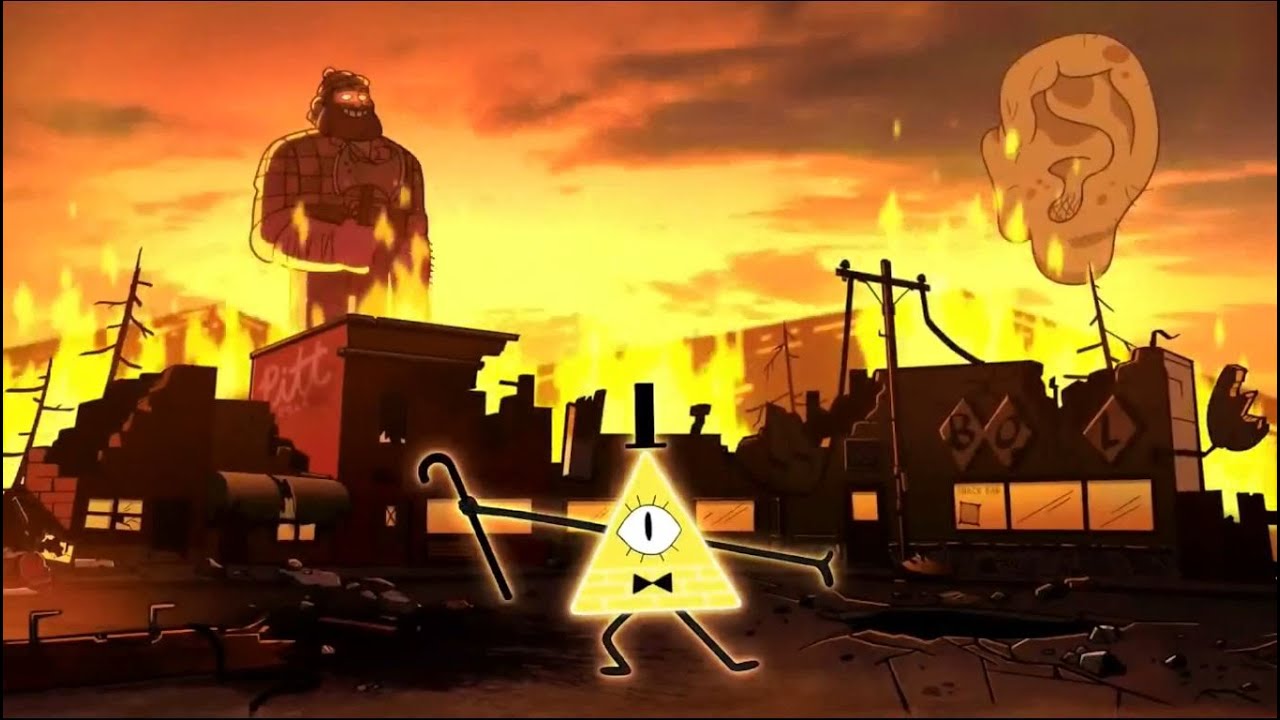
The intro of the original theme is a sequence of arpeggios following this sequence:
Dm | F | A | % |
The modification here occurs when reaching “A”, since an effect is made as when the audio playback speed is lowered little by little (as if it were failing), this from the beginning gives us a surprising aural impact.
Then the main motif of the series is entered with all the performing instruments, however, notes are placed that respond to the melody that try to take it out of context. Let’s first look at the harmony of that section:
Dm | % | F | % | Bb | % | C | A | x2
A very interesting element is that when the first melodic phrase is finished (4th measure), another voice responds with an “A - G - A”, but what is so strange about these notes if they are within the scale? Well It happens that they are not in tuning 440 (A = 440 Hz) they are slightly low (A = 438 approx.) the difference is very little, but the ear perceives that giving us the impression that it is rarely good.
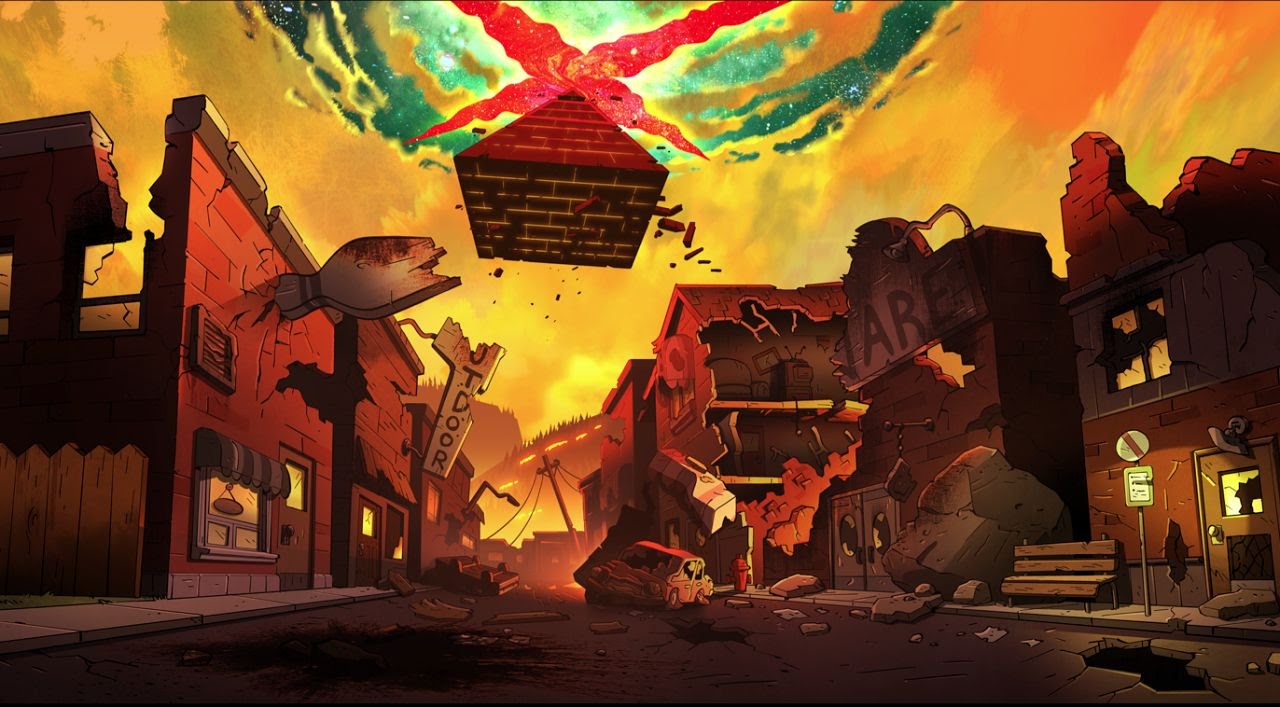
By the time the second harmonic sequence is played, the responses become more creative. A very interesting one is to use “unresolved” chromatic movements, this is very effective to give the sensation of chaos, since the chromaticisms are escapes to diatonism and are really very effective if they resolve by semitone to a sound that is part of the melody. natural of the work. We see this in the 2nd measure (F - E - Eb - D) and in the 7th measure (A - Bb - B - C).
The other element to use is to create melodic ideas that are out of the scale and that occurs in the 4 bar, where he uses an Eb that is totally out of the harmonic context of the turn (G - G - G - F - Eb - G) . Here it is worth mentioning that after so many elements that they try to take us out of the Dm, in the passage of the 3rd bar the melody is adorned with a chromatic border (A - G # - A) which ties in very well with everything that is happening. More epic sounds the note “F” During the chord of “A”! in the 8th bar, and what is expected is to hear the note “E” (which is part of the chord of A = A - C # - E).
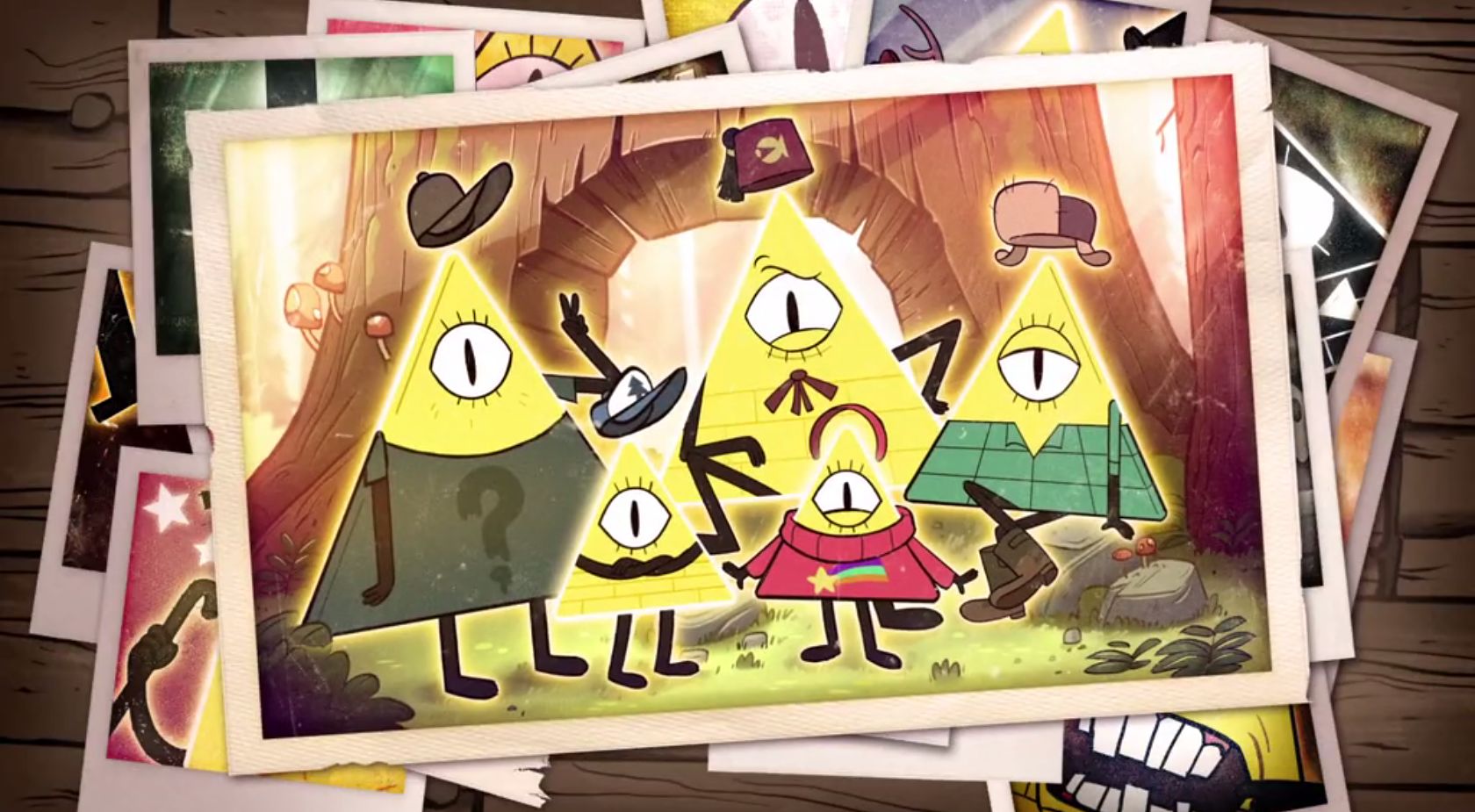
To finish the work, the chaos increases when these elements are given more often, taking us to a point where everything becomes anarchic, thus closing a work with a lot of musical concept.
Successes
Social Media Author: Pablo Bobadilla Rider


